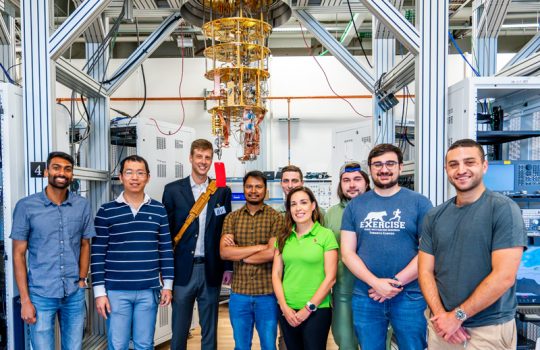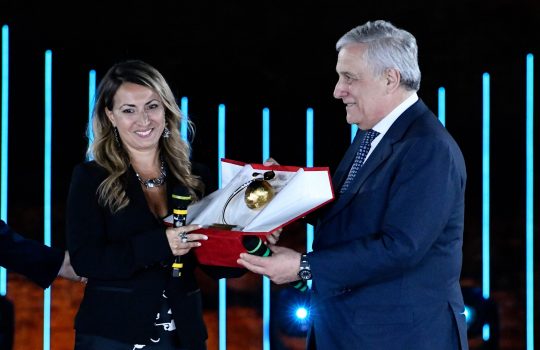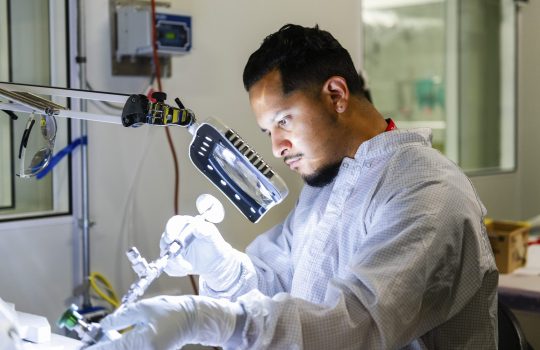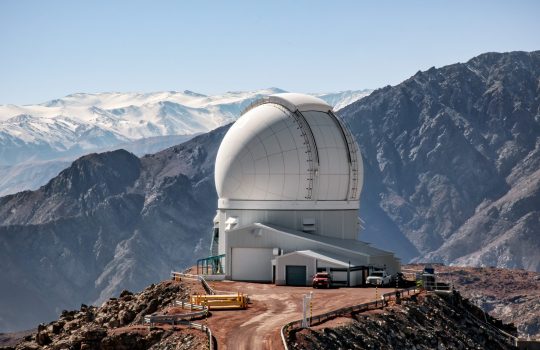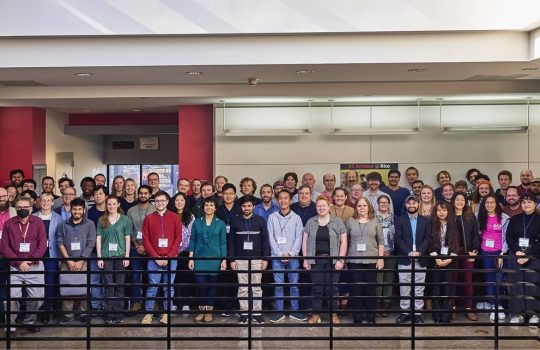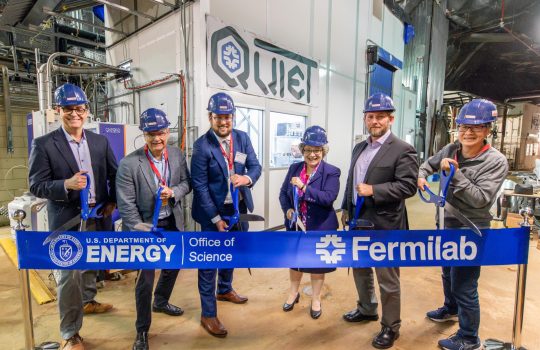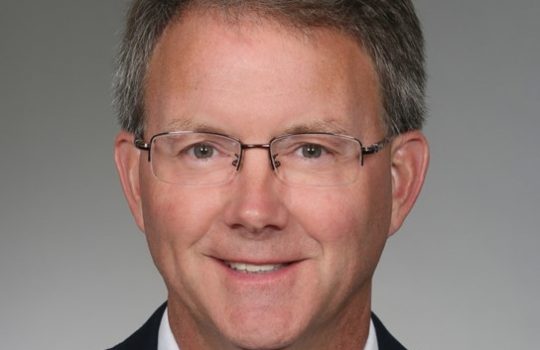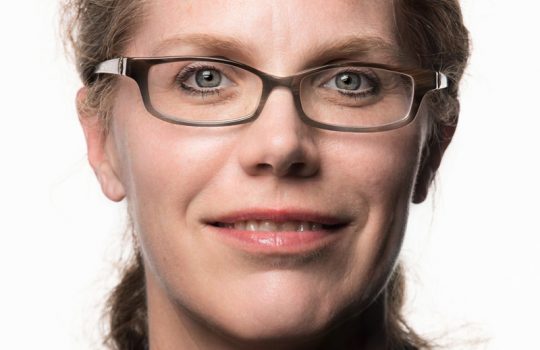IBM intends to partner with Fermilab’s SQMS Center to advance critical quantum information science initiatives
IBM plans to join Fermilab’s SQMS Center to further accelerate critical technologies and applications of superconducting quantum systems and expand quantum workforce development programs.
Fermilab’s Anna Grassellino receives prestigious Marisa Bellisario Award
The Italian Marisa Bellisario Award was presented to Anna Grassellino, an Italian and American scientist with Fermilab who was recognized in the international category for her scientific work and leadership.
Fermilab announces new high school student technician apprenticeship and lab engineering innovation support
DOE Office of Science will support two new areas of growth for Fermilab: high school student apprenticeship to expand the technicians’ teams and lab engineers in the
development of innovative ideas.
Revived technology utilized to count individual photons from distant galaxies
Enabled by a U.S. Department of Energy program, a collaboration of scientists from Fermilab, UChicago, NOIRLab and other institutions demonstrated that skipper-CCD detectors can be utilized to improve cosmology research
New NOvA results add to mystery of neutrinos
The international collaboration presented their first results with new data in four years, featuring a new low-energy sample of electron neutrinos and a dataset doubled in size.
Fermilab opens new QUIET underground quantum information science laboratory
The new state-of-the-art QUIET laboratory will study the performance of qubits isolated from cosmic radiation. Its above ground counterpart is LOUD and together they will enable controlled experiments of quantum sensors.
Fermilab names Jim Kerby as LBNF/DUNE-US project director
Fermi National Accelerator Laboratory announced Jim Kerby as project director for Long-Baseline Neutrino Facility for the Deep Underground Neutrino Experiment (LBNF/DUNE-US) He will be responsible for managing all aspects of the project in the U.S. as Fermilab leads the execution of the largest international DOE project ever hosted on U.S. soil.
Fermilab announces new chief operating officer
Leadership appointment enhances team at Fermilab with extensive operations experience.
Double delivery of baby bison at Fermilab today
Spring brings new life to Fermi National Accelerator Laboratory as calving season begins for the lab’s herd of American bison. Today, two bison calves were born at Fermilab. The lab has a long tradition of providing habitat for bison, connecting particle physics research to the Midwestern prairie. This season, 20 baby bison are expected.
Fermilab’s Bonnie Fleming newly elected to the American Academy of Arts & Sciences
Fermilab’s Chief Research Officer Bonnie Fleming has been elected to the prestigious American Academy of Arts & Sciences, honoring excellence and leadership throughout her science career.

